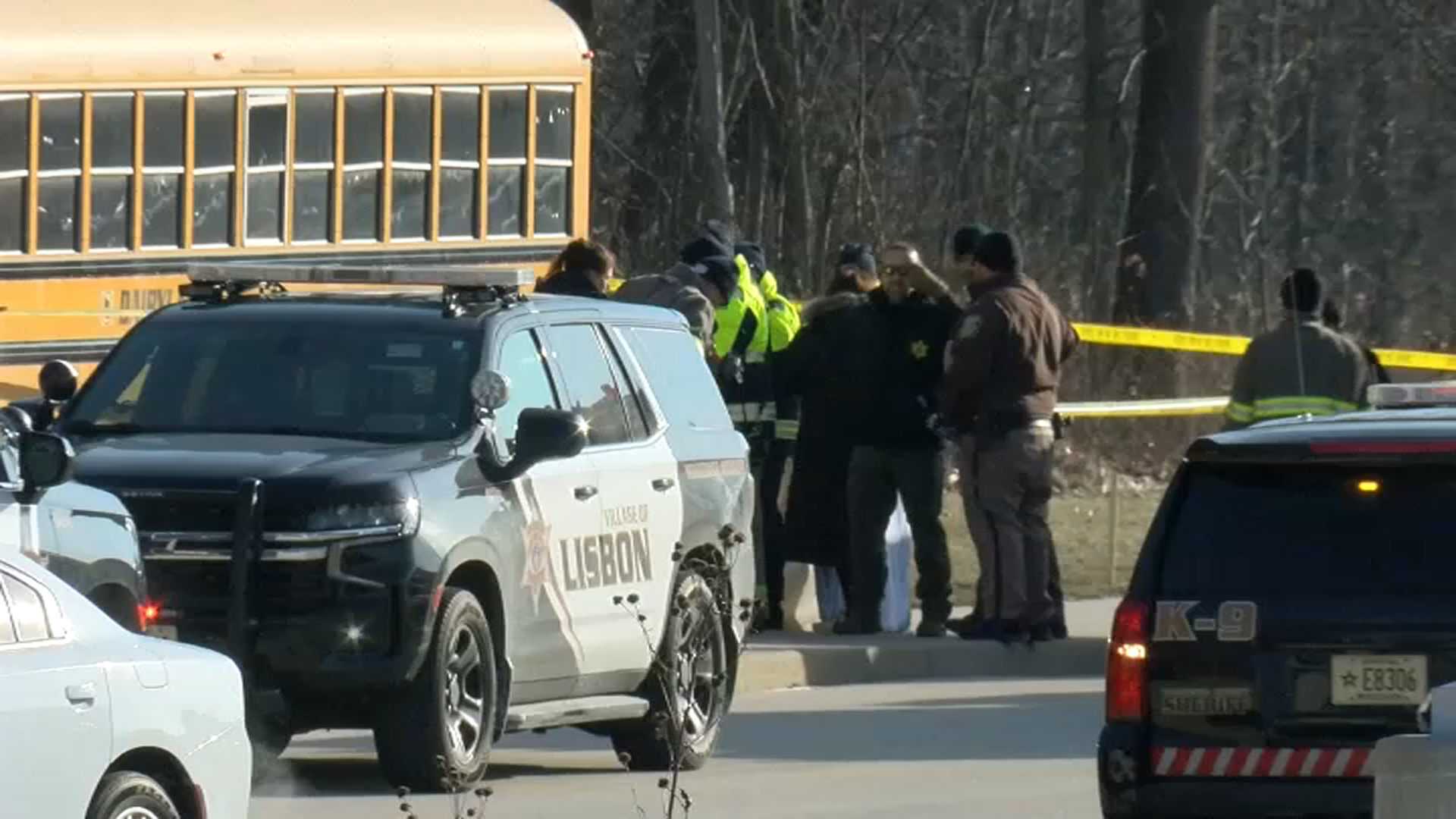Investigators in Lake County confirm they are sifting through what they call a "significant amount of electronic material" in the Highland Park shooting suspect's digital footprint, examining his involvement in online communities that idolize mass shootings.
From YouTube to more niche networks, he left a massive online trail on both mainstream platforms and fringe forums that glorify violence. Police say they're looking into his social media accounts, video postings and more as part of the investigation.
"We have a fandom, a mass shooter fandom that needs to be understood, dealt with, and isn’t explicitly ideological," said Tim Squirrell, head of communications and editorial with the Institute for Strategic Dialogue.
ISD is a think tank that researches extremism, hate and disinformation. Squirrell said the suspect's behavior is similar to that of others who've committed mass shootings.
"Many of them are motivated by the idea of notoriety, wanting to get their face, their ideas, their name out there and also of getting what they call the 'high score,' the gamification of mass violence," said Squirrell.
Many experts believe these online forums can be a pathway for radicalization.
"It’s partly that people who already have issues come to these spaces, but also people can come to have a really keen interest in mass shootings, in school shooters, in terrorists as a result of being immersed in a community like this," he said.
Local
"It’s really important to recognize that while there is a footprint here, and it’s a footprint which is shared by quite a large number of people who are pretty vulnerable or at risk of engaging in violence, it’s not a coherently or explicitly ideological footprint in the way you’d expect from 'great replacement' inspired terrorism we’ve seen in the last few years," Squirrell added.
Squirrell said often those engaged in these communities have a long history of behavior that should have subjected them to more attention and care, including in Highland Park.
Feeling out of the loop? We'll catch you up on the Chicago news you need to know. Sign up for the weekly> Chicago Catch-Up newsletter.
Police there responded to the suspect's home in April 2019 after being alerted of a suicide attempt. That day, police said the then-18-year-old made no threats against himself or others and no weapons were found.
Documents obtained by NBC 5 show that in September that same year, police returned to the Highland Park home to conduct a wellbeing check after receiving a report that the suspect made a threat in the home, saying "he was going to kill everyone," the case report reads. Police noted that the suspect admitted to being depressed and to a history of drug use, but when asked if he felt like harming himself or others, he answered no.
In that incident, police seized 16 knives, a dagger and a samurai blade but returned them to the suspect's father later that day after the father said the collection belonged to him.
"These are extremely obvious, massive red flags," said Squirrell.
In terms of intervention, one step is removing the content, according to Squirrell. Platforms like YouTube and Discord have since removed the alleged shooter's manifestos, videos and posts online.
"Very often we are very caught up in trying to understand the most recent attack, and we’re not thinking about the next one. That’s why it’s really important to understand what the red flags are, what the vulnerabilities are, and to try to recognize those and intervene," said Squirrell.
According to the Southern Law Poverty Center, "the proliferation of extremist spaces and content online has created new and powerful avenues for radicalization, especially for young people who are often the targets of radical-right propaganda."
In fighting online radicalization, the SLPC recommends asking questions about what young people are doing online and educating them on propaganda and misinformation.



